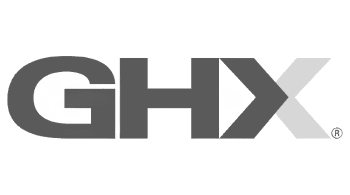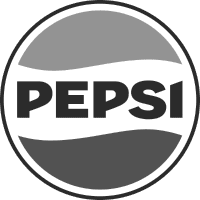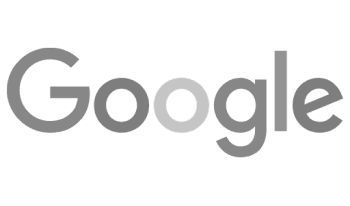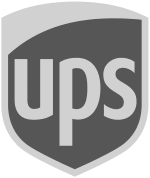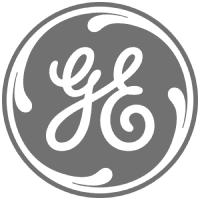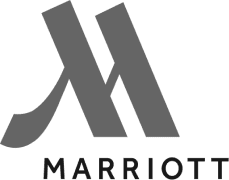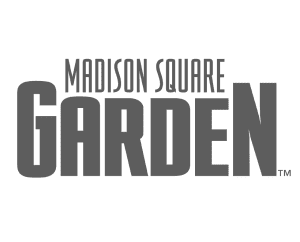Information Kiosk Solutions
Custom Information Kiosk Designers
MetroClick touch screen kiosk and large touchscreen monitor offer cutting-edge retail and touchscreen technology. Our devices enable you to keep up with the increasing demand for self-service and dynamic real-time content.
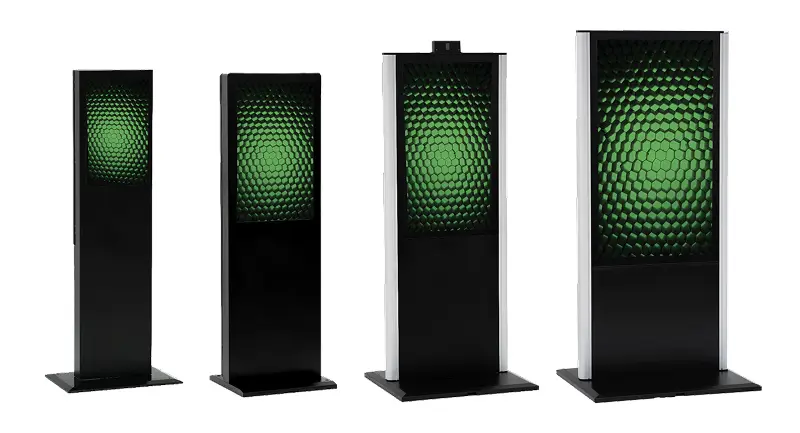
Trusted by industry leaders to power better customer experiences
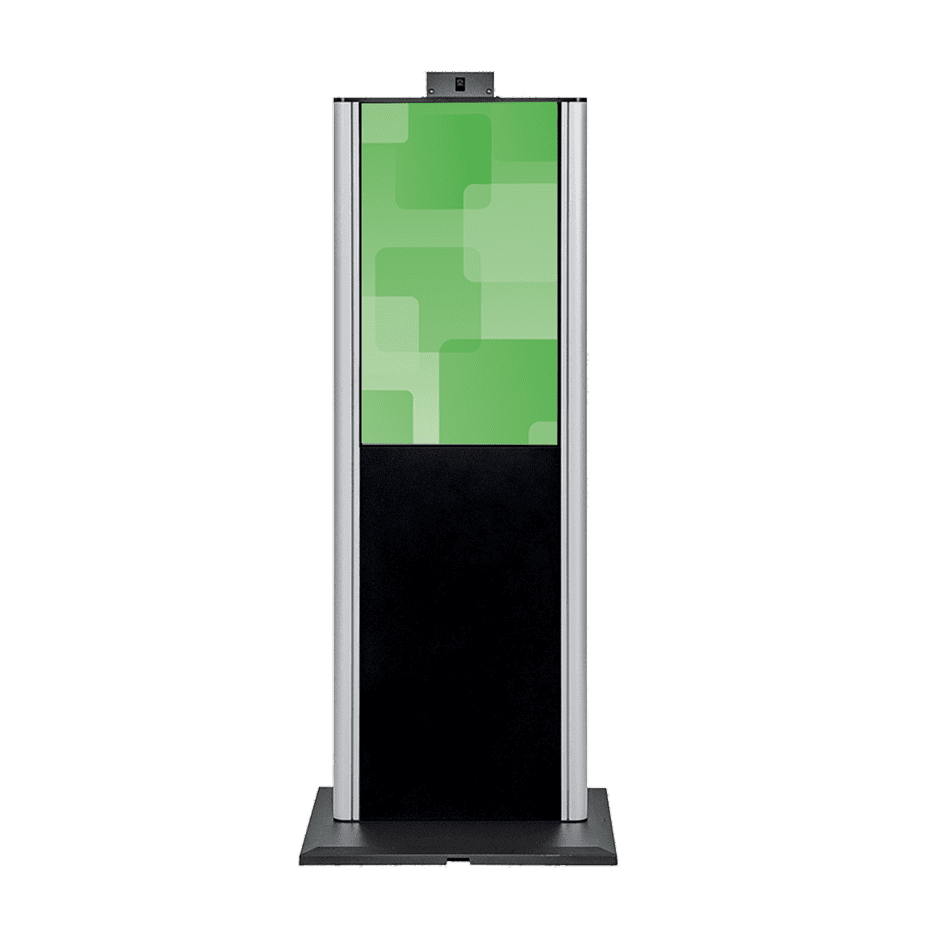
Upright Kiosks
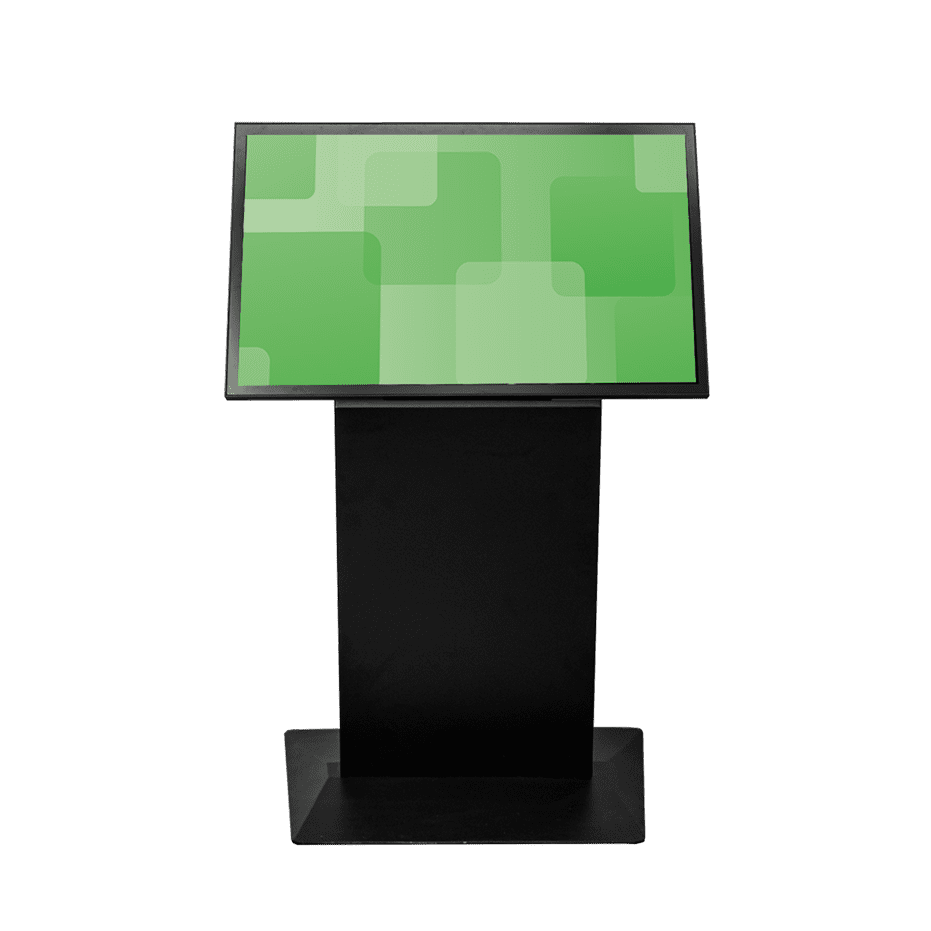
Landscape Kiosks
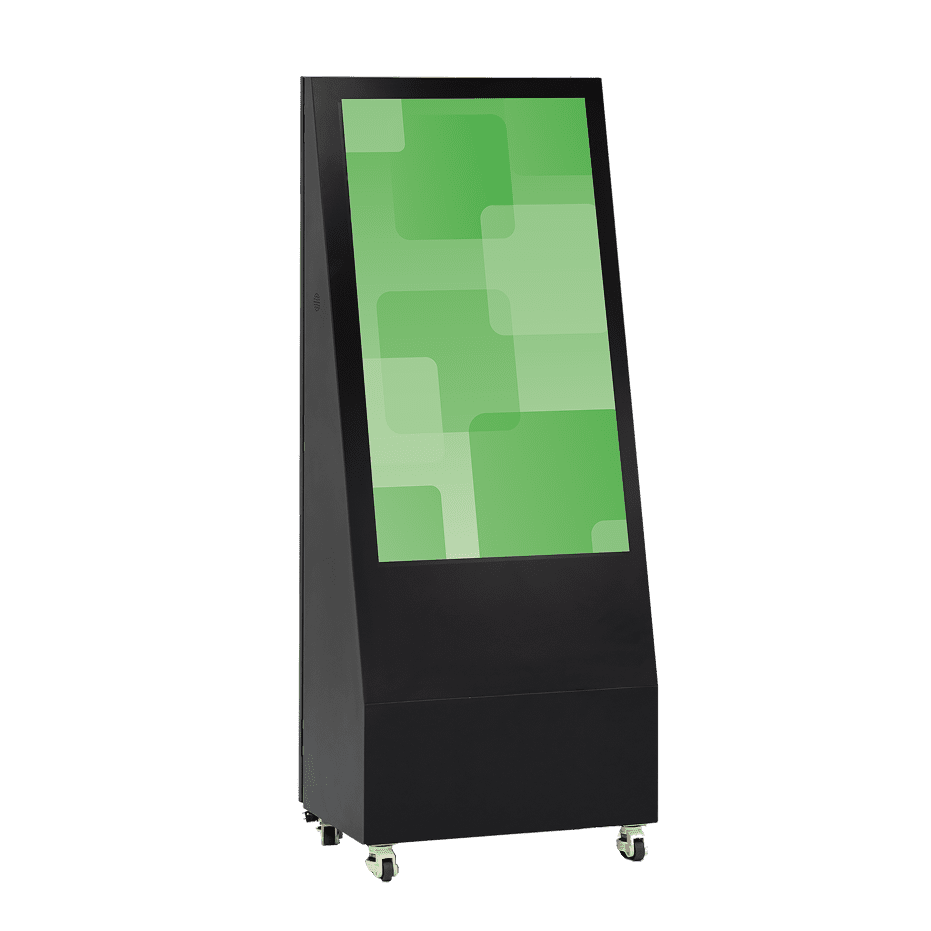
A-Frame Kiosks
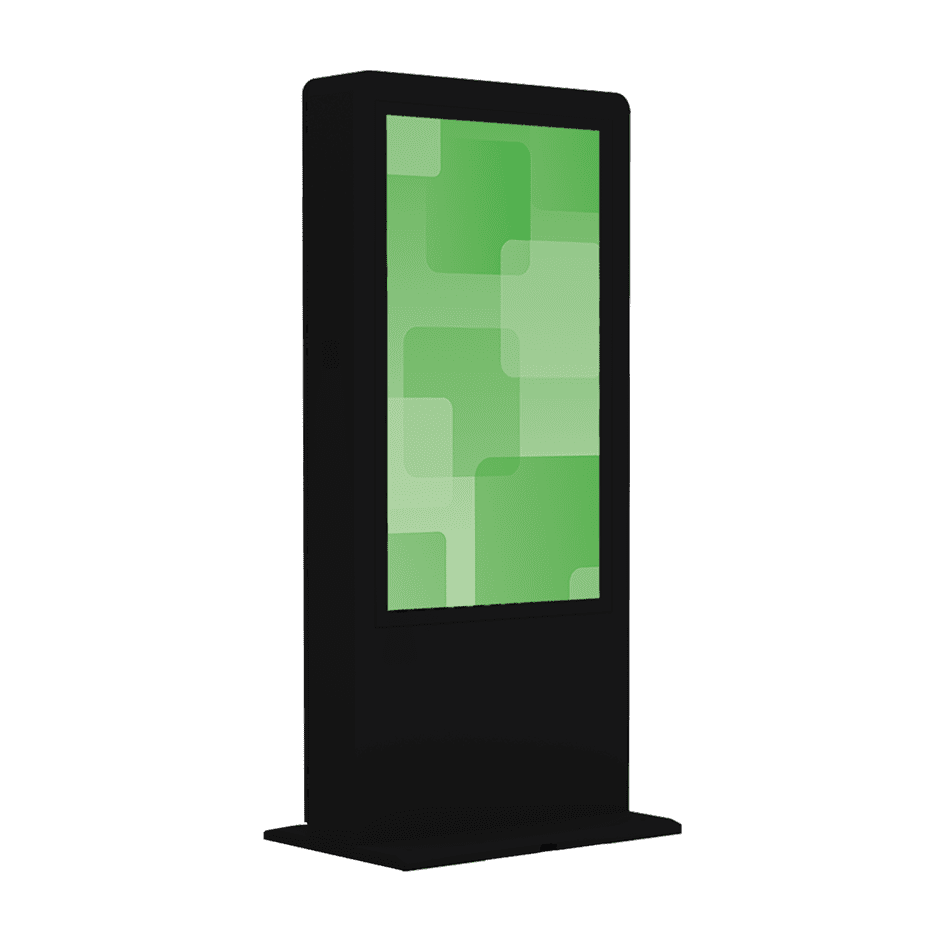
Outdoor Kiosks
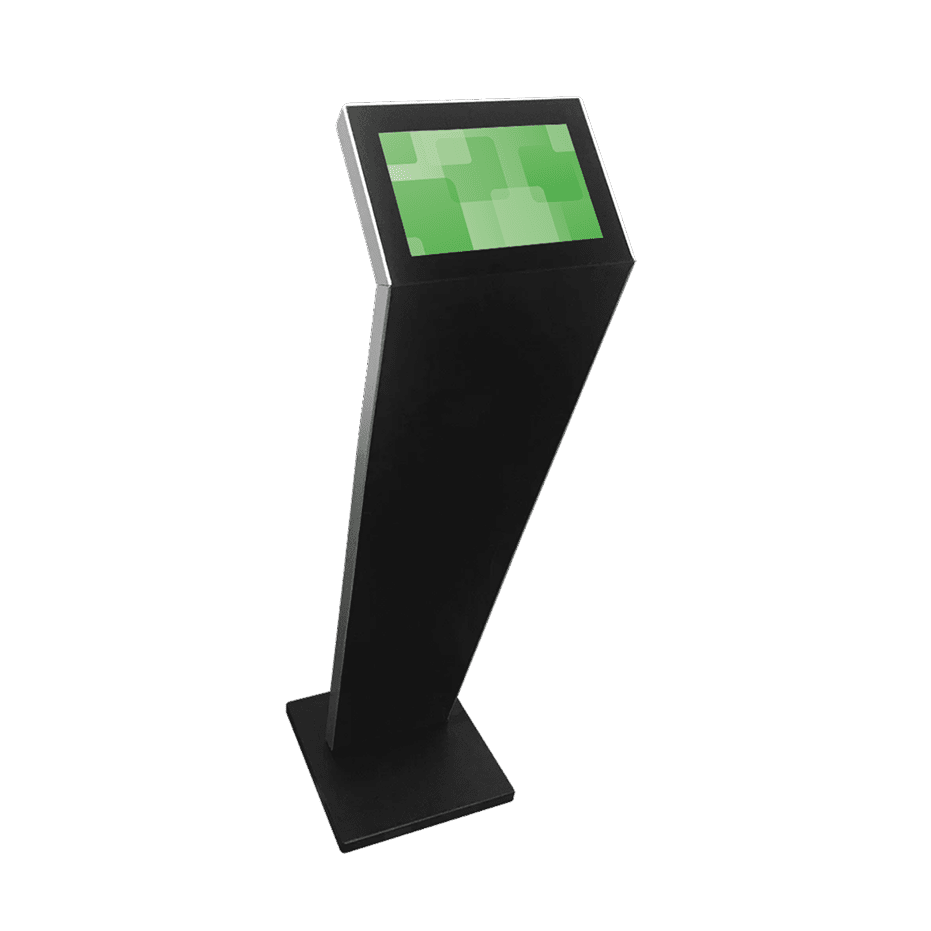
Compact Kiosks
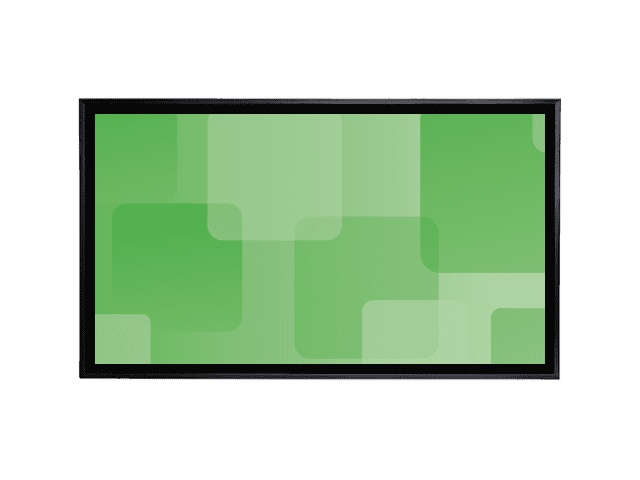
Large Touch Screens
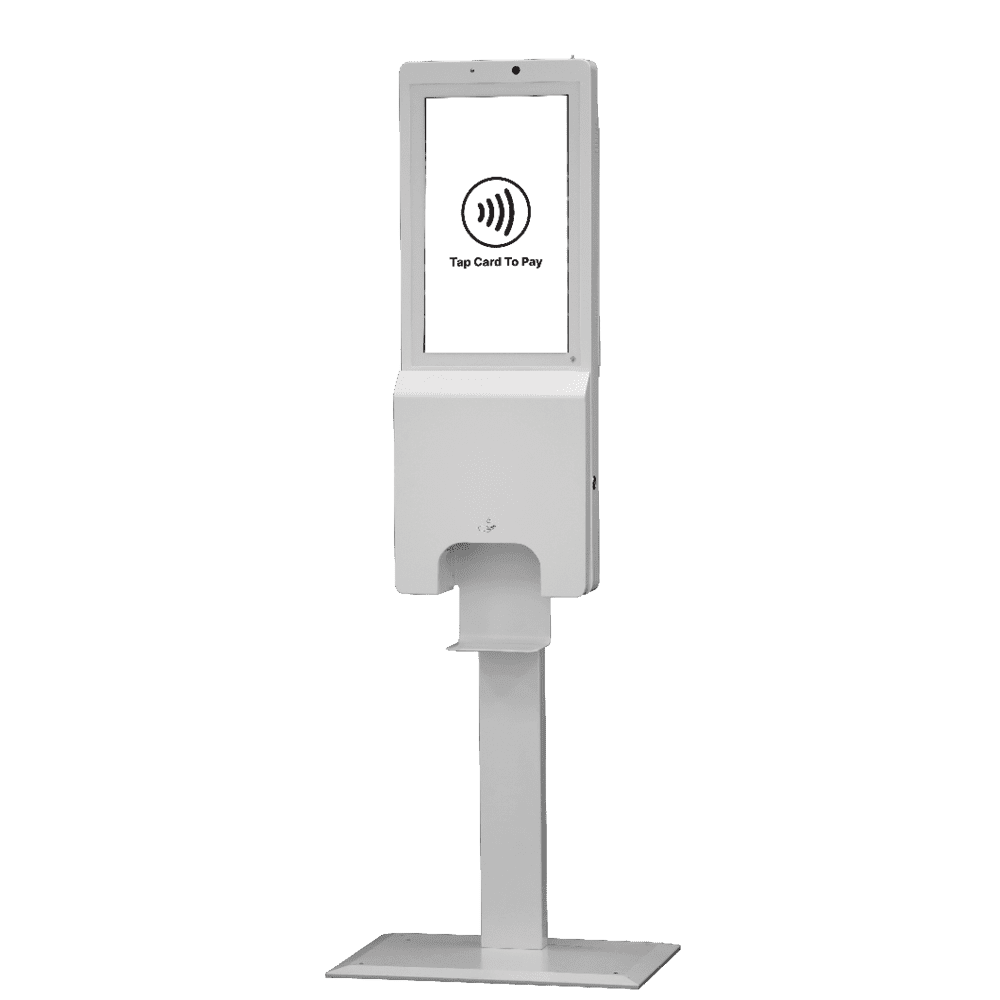
Sanitizer Stations
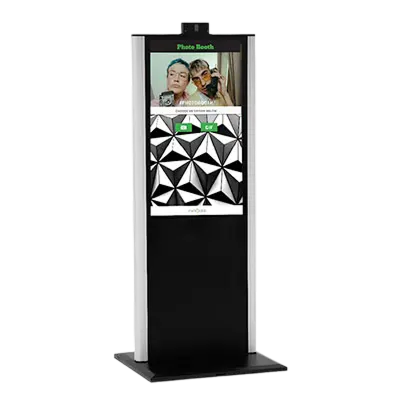
Photo Booths
Unlock the potential of MetroClick's kiosk information systems to increase revenues & customer experiences
Built for Every Environment
Trust in ruggedized, rated, reliable and robust devices of all shapes and sizes that perform flawlessly indoors or out.
Engage and Inform
Guide users through effortless, self-driven, interactive experiences or stream advertisements and promotions 24/7 on optically bonded, enhanced viewing touch screens.
Modular in Design
Easily configure, connect and scale devices to suit different locations, functions and use cases, while streamlining maintenance, serviceability and operational expenses.
Unapologetically Authentic
Fit any space with aesthetics and branding that drives emotional resonance and authentic connections to your true brand.
MetroClick Manager
Sync every screen, everywhere
Our hybrid CMS and DXP platform that seamlessly connects your digital experiences. Easily deliver omnichannel content using intuitive editing tools and templates to craft engaging customer interactions.
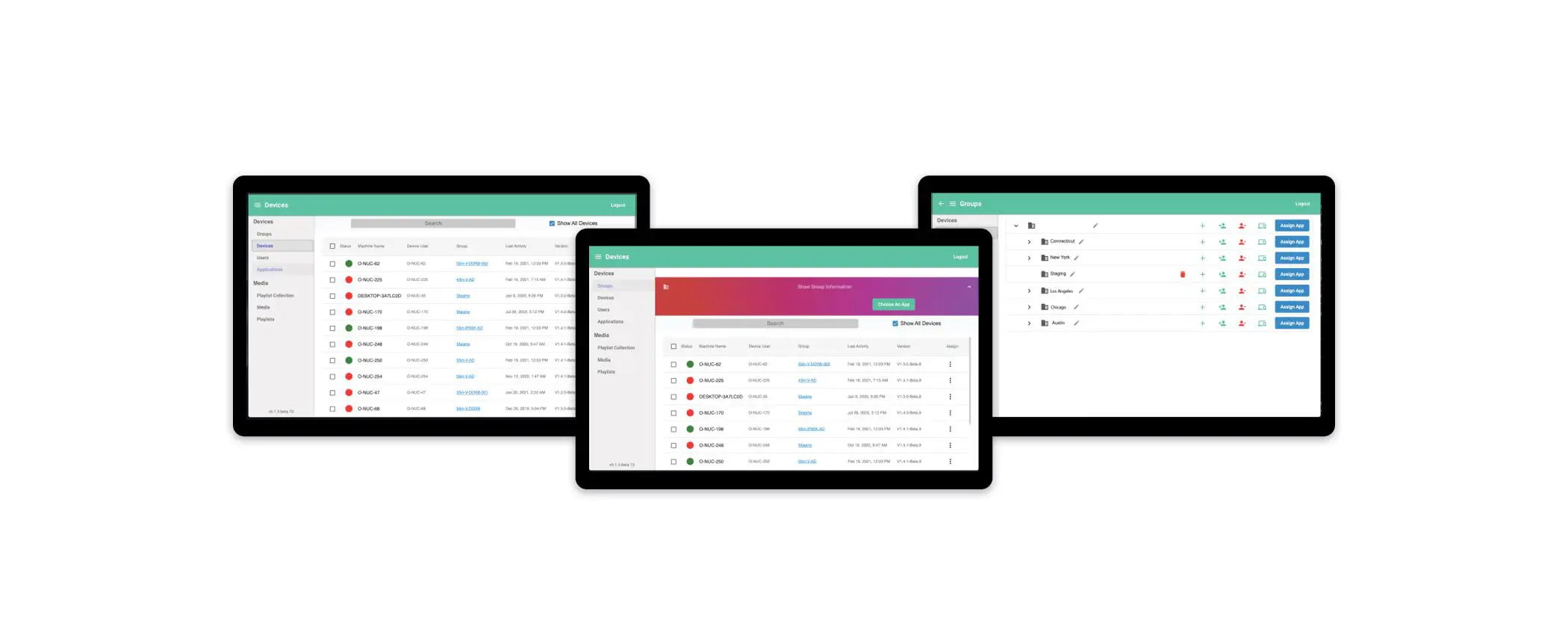
More Information
Digital Information Kiosk Systems for Modern Facilities
Information kiosks serve as digital concierges, transforming how organizations communicate with visitors, employees, and customers through self-service technology. MetroClick’s information kiosk solutions combine intuitive interfaces with robust hardware to deliver consistent, accurate information while reducing staff workload and improving visitor satisfaction. These systems excel in environments where timely information access proves critical, from healthcare facilities navigating patients to corporate campuses directing visitors to transportation hubs managing passenger flow.
The evolution from static signage to interactive information kiosks represents a fundamental shift in facility communication strategies. Traditional methods rely on printed materials, requiring constant updates and staff availability for basic inquiries. Digital information kiosks provide dynamic content that adapts to changing conditions, delivers multilingual support, and operates continuously without human intervention. This transformation particularly benefits organizations facing high visitor volumes, complex facility layouts, or frequently changing information requirements.
Information Kiosk Deployment Across Industries
Healthcare Facility Wayfinding Solutions
Healthcare environments present unique navigation challenges where stressed patients and visitors must quickly locate departments, physicians, and services across sprawling campuses. Information kiosks positioned at entrances and key intersections provide an intuitive wayfinding assistance through interactive maps and step-by-step directions. Integration with appointment systems allows patients to check in remotely, verify insurance information, and receive estimated wait times, streamlining administrative processes while reducing anxiety.
Advanced healthcare implementations incorporate accessibility features, ensuring all users can effectively navigate facilities regardless of physical limitations. Audio guidance assists visually impaired visitors, while height-adjustable displays accommodate wheelchair users. Multi-language support addresses diverse community needs, with instant translation capabilities eliminating language barriers. These comprehensive solutions improve patient satisfaction scores while reducing the burden on reception staff, who can focus on complex inquiries rather than repetitive directional questions.
Corporate Campus Information Systems
Extensive corporate facilities utilize information kiosks to enhance employee productivity and improve visitor experiences. Lobby kiosks provide building directories, meeting room locations, and emergency evacuation procedures. Integration with calendar systems displays real-time room availability and enables instant booking adjustments. Visitor management features streamline check-in processes, print temporary badges, and notify hosts of arrivals, creating professional first impressions while maintaining security protocols.
Employee-facing kiosks distributed throughout facilities serve as communication hubs delivering company news, cafeteria menus, shuttle schedules, and wellness program information. Interactive features allow staff to register for events, submit facility requests, and access HR resources without returning to their desks. This distributed information architecture ensures consistent messaging while providing convenient access points that respect employees’ time and enhance internal communication.
Advanced Features of Modern Information Kiosks
Real-Time Data Integration Capabilities
Contemporary information kiosk systems excel through seamless integration with multiple data sources, creating dynamic experiences that respond to changing conditions. Transportation facilities connect kiosks to arrival/departure systems, displaying real-time schedule updates, gate changes, and delay notifications. Retail environments synchronize with inventory databases, helping customers locate products and check availability across multiple locations. This real-time connectivity transforms static displays into responsive information portals that maintain relevance throughout operational hours.
Cloud-based architectures enable centralized content management across distributed kiosk networks. Administrators update information once, with changes propagating instantly to all connected devices. Emergency notifications override standard content immediately, ensuring critical safety information reaches users without delay. Analytics platforms track user interactions, identifying popular queries and navigation patterns that inform continuous improvement efforts. These technical capabilities ensure information remains current, accurate, and aligned with organizational objectives.
Interactive Search and Navigation Tools
Modern information kiosks incorporate sophisticated search functionality rivaling web-based experiences. Natural language processing allows users to enter queries conversationally rather than navigating rigid menu structures. Predictive text suggestions accelerate input, while intelligent result ranking ensures relevant information appears prominently. Visual search capabilities enable users to photograph items or scan QR codes, instantly accessing related information without typing.
Navigation tools extend beyond simple mapping to provide contextual guidance based on user needs. Accessibility routing options calculate paths avoiding stairs or narrow passages. Time-based suggestions recommend less crowded routes during peak periods. Integration with mobile devices allows users to transfer directions to smartphones, continuing navigation assistance beyond kiosk interactions. These advanced features transform information access from frustrating experiences into efficient, satisfying interactions.
Content Strategy for Information Kiosks
Designing Intuitive User Interfaces
Effective information kiosk interfaces prioritize clarity and simplicity, recognizing that users span diverse age groups and technical proficiencies. Home screens present clear categories using universally understood icons supplemented by text labels. Progressive disclosure techniques reveal detailed information gradually, preventing overwhelming initial presentations. Touch targets exceed minimum size requirements, accommodating users with limited dexterity while preventing accidental selections.
Visual hierarchy guides users through information naturally, with consistent navigation patterns across all screens. High contrast ratios ensure readability under various lighting conditions, while scalable fonts accommodate different viewing distances. Animation serves functional purposes, drawing attention to important updates or indicating system responses. Successful designs undergo extensive user testing, incorporating feedback from representative user groups to ensure intuitive operation across demographics.
Multi-Language Support Implementation
Global facilities require information kiosks supporting numerous languages while maintaining consistent user experiences. Professional translation services ensure accuracy beyond simple word substitution, accounting for cultural contexts and regional variations. Dynamic text rendering accommodates languages with different character sets and reading directions without breaking interface layouts. Flag-based language selection provides instant recognition, with persistent preferences eliminating repetitive selection requirements.
Audio support extends accessibility to users with limited literacy or visual impairments. Text-to-speech engines provide natural-sounding narration in multiple languages, while visual highlighting synchronizes with audio playback. Phonetic assistance helps users pronounce unfamiliar terms correctly, particularly valuable in healthcare settings where medical terminology proves challenging. These comprehensive language capabilities ensure information accessibility regardless of users’ linguistic backgrounds.
Measuring Information Kiosk Effectiveness
Organizations implementing information kiosk systems report significant operational improvements through reduced staff inquiries and improved visitor satisfaction. Facilities tracking directional questions observe 60-70% reductions in reception desk queries, freeing staff for complex assistance needs. User satisfaction surveys indicate preference for self-service options when seeking basic information, particularly among younger demographics comfortable with digital interfaces.
Cost analysis reveals substantial savings through reduced printing expenses, the elimination of outdated materials, and optimized staff allocation. Digital content updates eliminate recurring printing costs while ensuring information accuracy. Reduced wrong-way incidents in healthcare facilities decrease patient frustration and missed appointments. Corporate environments report improved meeting punctuality when employees can quickly locate unfamiliar conference rooms. These measurable benefits justify information kiosk investments through operational efficiency gains and enhanced user experiences.
MetroClick’s information kiosk solutions empower organizations to deliver consistent, accessible information while optimizing operational resources. By combining intuitive design with robust technology, these systems create positive experiences that reflect organizational professionalism and commitment to user needs. Contact our consultation team to explore how custom information kiosk implementations can transform your facility’s communication effectiveness while delivering measurable returns on investment.

